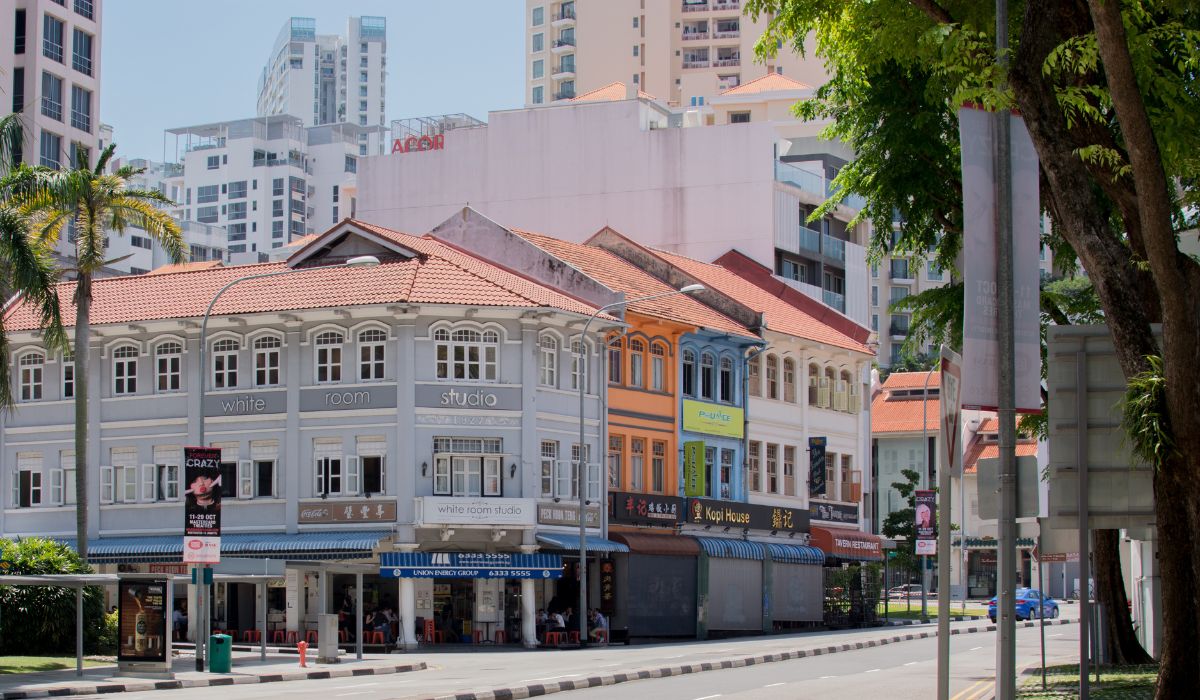MAS continues to be optimistic on economic growth
On 13 October, MAS confirmed its decision to keep the exchange rate-based monetary policy unchanged for the second time this year, aligning with market expectations.
More from OMY: Despite economic slowdown, MAS retains status quo in October Monetary Policy
In its semi-annual monetary policy statement, MAS announced that it would “maintain the prevailing rate of appreciation” of its Singapore dollar nominal effective exchange rate (S$NEER) policy band, with no alterations to the width of the policy band or its centre.
All 15 analysts polled by Reuters anticipated that MAS would refrain from making policy changes in this scheduled review.
MAS expects the economy to gradually improve throughout 2024, although it did caution that the recovery might be weaker than anticipated due to the uncertain global economic outlook.
Furthermore, core inflation, a critical consumer price indicator for the central bank, has decelerated and is projected to decline broadly over the course of the next year.
“Against this backdrop, the current appreciating path of the S$NEER policy band is assessed to be sufficiently tight,” MAS said, adding that “a sustained appreciation of the policy band is necessary to dampen imported inflation and curb domestic cost pressures, thus ensuring medium-term price stability.”
MAS is also committed to closely monitoring global and domestic economic developments, especially in light of uncertainties regarding inflation and growth.
Unlike most central banks which adjust monetary policy through interest rates, MAS manages it by allowing the local currency to fluctuate against the currencies of its primary trading partners within an undisclosed band known as the Singapore dollar nominal effective exchange rate (S$NEER). Changes to the policy are made by adjusting the slope, midpoint, and width of the policy band.
In April this year, MAS decided to leave its monetary policy unchanged, temporarily halting a series of tightening moves that had begun in October 2021 to combat rising inflation.
At the time, it had expressed concerns about a “deeper than anticipated” slowdown in the Singapore economy.
Economic and inflation forecasts
Recent data released on Friday showed that the Singapore economy grew by 0.7% year-on-year in the third quarter, an improvement from the 0.5% growth in the preceding quarter.
On a seasonally-adjusted quarter-on-quarter basis, the Gross Domestic Product expanded by 1%, gaining momentum after a marginal growth of 0.1% during the April to June quarter.
In its statement, MAS attributed the third-quarter growth acceleration to improvements in the manufacturing sector, although activity in some domestic-oriented sectors eased.
Citing “muted” growth prospects in the near term, MAS anticipates that Singapore’s full-year growth will fall within the “lower half” of the official growth forecast range of 0.5% to 1.5%.
Looking ahead to the next year, the central bank expects growth to “gradually improve” in the second half of the year.
This assessment was seen as “cautiously optimistic” by HSBC economist Yun Liu, compared to MAS’s earlier warnings about downside risks to growth.
“It is indeed more upbeat than back in April, when it repeatedly flagged downside risks to growth, noting that ‘prospects for Singapore’s GDP growth this year have dimmed’,” she stated.
“Fast forward to today, however, it removed this reference and expects the economy to expand at its potential rate in 2024.”
“We believe the relative optimism is largely driven by its expectation of a modest recovery in the global upturn,” she added.
Regarding inflation, MAS expects core inflation, excluding accommodation and private transport costs, to follow a “broad moderating trend.”
Although oil prices have risen in recent months, global prices for most food commodities, as well as intermediate and final goods, are expected to be tempered by supply conditions. Additionally, labour costs are projected to rise at a slower pace next year, alongside a cooling labour market.
As a result, core inflation is forecasted to slow to an average of 2.5% to 3.5% for 2024. Excluding the impact of the next scheduled increase in the Goods and Services Tax (GST) in January, core inflation is expected to range from 1.5% to 2.5%.
All-items or headline inflation is forecasted to average between 3% and 4% in 2024, with headline inflation, excluding the impact of the next GST increase, projected at a range of 2.5% to 3.5%. These projections consider that private transport inflation should ease for the year due to the expected increase in Certificate of Entitlement (COE) quotas, and accommodation inflation should also decline as the supply of completed housing units increases.
Monetary policy to be announced quarterly in 2024
MAS also announced that starting in 2024, it would shift to a quarterly monetary policy statement schedule.
These statements will be released in January, April, July, and October, marking a departure from the current semi-annual schedule with statements usually expected in April and October.
This change is part of the authority’s efforts to enhance monetary policy communication and maintain a medium-term orientation in its policy formulation to ensure low and stable inflation. The next monetary policy announcement is scheduled for late January 2024.
Economists suggest that this shift is prompted by the need to remain agile in an increasingly uncertain world, as evidenced by MAS’s recent cycle of five consecutive tightening moves, which included two off-cycle decisions in January and July 2022.
The ongoing uncertainty in the macroeconomic environment, geopolitical tensions, and volatile currency swings are factors that could warrant more frequent policy reviews.
“While frequent policy reviews are not necessarily better per se, having more frequent policy reviews would facilitate greater market understanding of their economic assessment and policy trajectory guidance, in addition to having more policy flexibility,” shared OCBC’s chief economist and head of treasury research and strategy Selena Ling.
MAS is likely to adopt a “wait-and-see” approach at its next meeting and keep monetary policy settings unchanged, especially with inflation moving closer to the target and the economy showing signs of weakening.
However, the central bank might consider loosening policy in its April meeting as inflation approaches the target and the economy weakens, according to Mr. Shivaan Tandon, an economist covering emerging Asia at research firm Capital Economics.
More from OMY: MAS pledges S$150M to help financial sector







